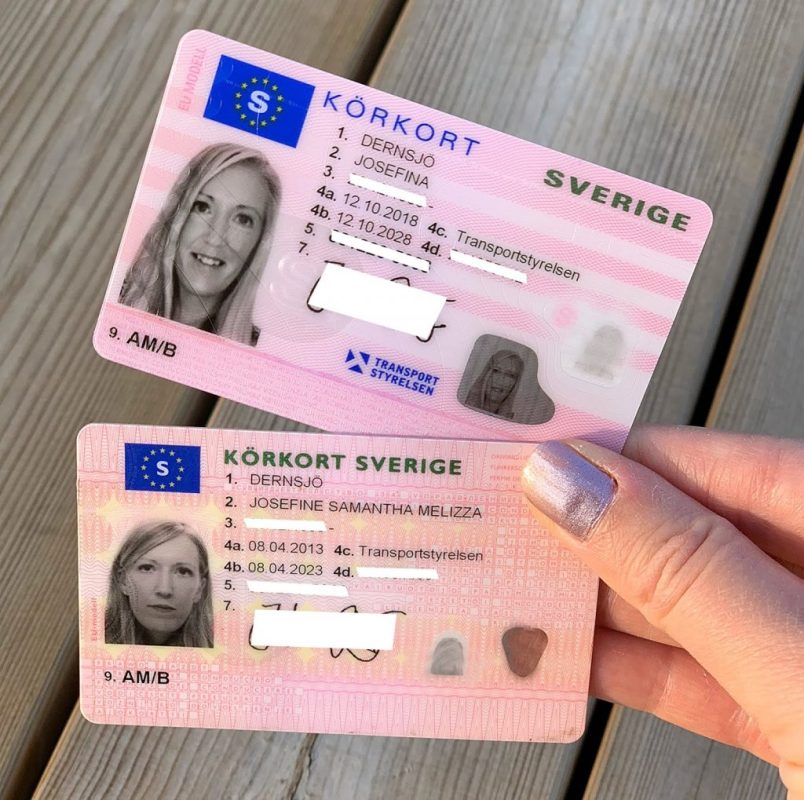The 10 Most Terrifying Things About Driver's License
Navigating the Digital Road: The Evolution of Online Driver's License Experiences In an age where technology permeates every element of our lives, the process of getting and renewing a driver's license has transformed, moving from tiresome wait times at DMV offices to structured online experiences. This shift not only boosts benefit but also reflects more comprehensive trends in digitalization. In this post, we will check out the evolution of online driver's license experiences, the benefits of digital processes, and the obstacles that remain in making these services as efficient as possible. The Shift to Online Services Typically, getting a driver's license involved long lines, prolonged documentation, and in-person consultations that might consume a whole day. As technology advanced, numerous state departments of automobile (DMVs) recognized the need to update their services. In the early 2000s, some started introducing basic online services, such as license renewals and duplicates. However, it wasn't until the COVID-19 pandemic that the urgency for detailed online systems truly accelerated. With social distancing measures in place, DMVs accelerated their digital improvement. Numerous states adopted easy to use websites and mobile applications, enabling locals to manage a variety of tasks— from getting licenses to scheduling driving tests— without ever visiting a workplace. Benefits of Online Driver's License Services Benefit: Online applications provide users the versatility to finish paperwork at their own pace, whether in your home, on the go, or throughout off-peak hours. The fear of waiting in line is now a distant memory for lots of citizens. Ease of access: Digital services enable much easier access for those with specials needs or those residing in remote locations. People can browse the process without the barriers that physical areas may provide. Time Efficiency: By decreasing the time spent in line and reducing the number of in-person gos to, users can conserve hours, which can be reinvested into more productive pursuits. Environmental Impact: Digital processes assistance to minimize paper usage, contributing to more sustainable practices. Online forms and documentation change the mountains of documentation that frequently accompanied driver's license applications. Enhanced Security: With improvements in innovation, lots of online platforms now make use of sophisticated encryption methods to safeguard individual info, minimizing the risks connected with identity theft. Obstacles in the Online Experience While the shift to online services has actually brought various benefits, it has actually also presented obstacles. Digital Divide: Not every resident has equivalent access to technology and the internet. Low-income people or those living in backwoods might face difficulties finishing online procedures, resulting in variations in access to necessary services. Technical Glitches: Like all digital platforms, DMV sites may experience failures or bugs, which can annoy users attempting to browse the process. Expecting a seamless transition may cause disappointment for those facing technical problems. User Experience: Not all online systems are easy to use. Some websites or applications might do not have user-friendly designs, making navigation cumbersome and complicated for users, especially those who are less tech-savvy. Confirmation Processes: Ensuring that online candidates are who they say they are can be tough. States should stabilize ease of gain access to with the requirement for robust security measures, which can make complex the online experience.  The Future of Online Driver's License Services Looking ahead, the future of online driver's license experiences is poised for more enhancement. States are significantly incorporating technologies such as synthetic intelligence (AI) and artificial intelligence to improve confirmation processes and predict user requirements. Additionally, köpa c körkort online of mobile ID options could reinvent how people carry their identification, making it as hassle-free as utilizing a smart device app. Additionally, as federal governments acknowledge the significance of inclusivity, future developments may focus on bridging the digital divide through community programs focused on improving digital literacy and gain access to. Conclusion The shift to online driver's license services has changed a when laborious task into a more efficient and easy to use experience. While challenges stay, the benefits of convenience, accessibility, and improved security are undeniable. As technology continues to develop, so too will the procedures surrounding driver's licenses, standing as a testimony to the power of digital change in streamlining and enhancing the lives of everyday residents. Whether for new chauffeurs seeking their very first license or experienced motorists restoring theirs, the road ahead is undoubtedly a digital one.
The Future of Online Driver's License Services Looking ahead, the future of online driver's license experiences is poised for more enhancement. States are significantly incorporating technologies such as synthetic intelligence (AI) and artificial intelligence to improve confirmation processes and predict user requirements. Additionally, köpa c körkort online of mobile ID options could reinvent how people carry their identification, making it as hassle-free as utilizing a smart device app. Additionally, as federal governments acknowledge the significance of inclusivity, future developments may focus on bridging the digital divide through community programs focused on improving digital literacy and gain access to. Conclusion The shift to online driver's license services has changed a when laborious task into a more efficient and easy to use experience. While challenges stay, the benefits of convenience, accessibility, and improved security are undeniable. As technology continues to develop, so too will the procedures surrounding driver's licenses, standing as a testimony to the power of digital change in streamlining and enhancing the lives of everyday residents. Whether for new chauffeurs seeking their very first license or experienced motorists restoring theirs, the road ahead is undoubtedly a digital one.